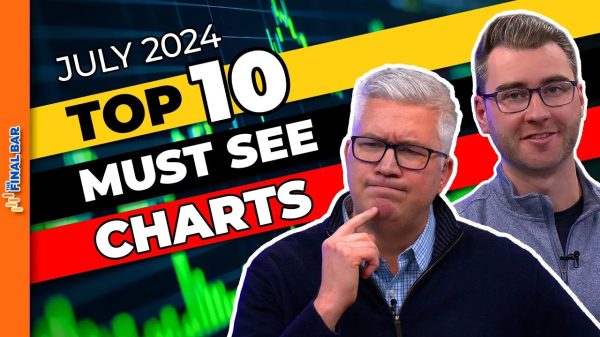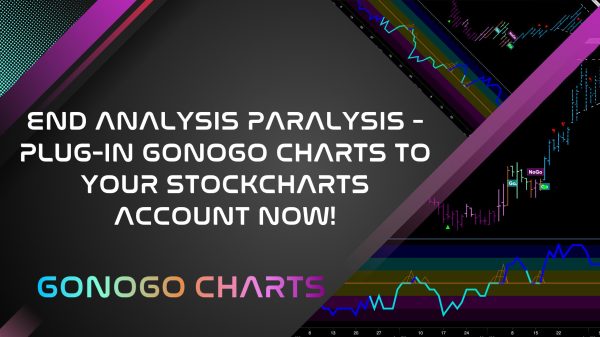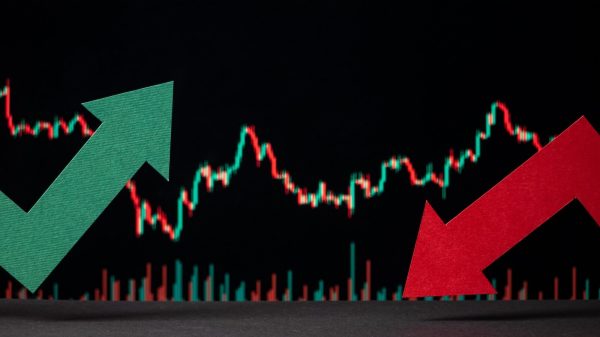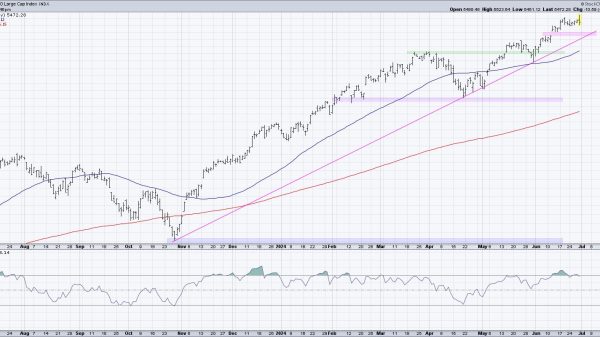As is the case with many official acts that originate in the executive branch of the government, the declaration Tuesday by Surgeon General Vivek H. Murthy that gun violence constitutes a public health crisis achieves both a policy and a political outcome. The policy outcome is that the move draws both attention and resources to efforts to combat gun violence. The political outcome, as The Washington Post has noted, is that voters see at least some action on a problem that has come to be seen as intractable.
But American gun violence is not simply about mass shooting incidents that trigger so much attention and fear. It is, instead, heavily about people using firearms to take their own lives — with wide variations around the country.
The Centers for Disease Control and Prevention uses death certificates to compile data on causes of death in the United States. That includes both an overall tally of firearm-related deaths each year but also different types of deaths from different types of firearms. The most recent full year of CDC data is from 2022; the most recent three years of CDC data shows the surge in gun deaths that Murthy pointed to in making his declaration.
Most of those deaths, even in 2022, were the result of people taking their own lives. In 2020 and 2021, the percentage of gun deaths that were a result of suicide was lower than in any other year since 1999, according to the CDC data. The percentage that were homicides was higher. In 2022, though, the percentage of gun deaths attributed to suicide rose.
The rate of gun deaths relative to state populations varies. D.C. and Montana, for example, have a lot of gun deaths relative to their population. New Jersey and California have relatively few.
D.C. also has far more deaths that are attributed to assault — that is, killings. In states like Utah, the majority of deaths are attributed to suicide. In other states, including much of the South, the number of homicides is much higher.
The recent increase in gun deaths, though, pales in comparison with the surge in overdose deaths. That surge is attributed to the increase in deaths from fentanyl, but overdose deaths had been increasing for some time before the emergence of fentanyl a few years ago.
Overdose deaths from opioids (which includes the synthetic opioid fentanyl) were declared a public health emergency in 2017. That year, the CDC recorded three overdose deaths for every two gun deaths in the United States, up from a 1 to 1 ratio six years before. In 2022, there were two opioid deaths for every gun death.
Preliminary 2023 data released by the CDC indicates that the number of gun deaths in the United States didn’t increase that year but instead fell by 5 percent. That would be a steeper rate of decline than the 3 percent drop in overdose deaths recorded over the same period.
There are still tens of thousands of gun deaths a year. And of course, there is still a political motivation to turn the nation’s attention to those deaths.





























